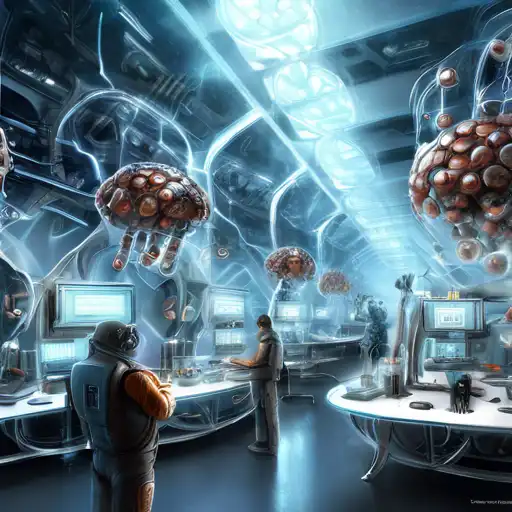Introduction to Nanotechnology
Nanotechnology, the science of the incredibly small, is making waves across various industries, from healthcare to electronics. This article explores how these tiny innovations are driving massive changes in our world.
What is Nanotechnology?
Nanotechnology involves manipulating matter on an atomic or molecular scale, typically less than 100 nanometers. To put that into perspective, a sheet of newspaper is about 100,000 nanometers thick.
The Impact of Nanotechnology
The applications of nanotechnology are vast and varied. Here are just a few areas where nanotech is making a big impact:
- Healthcare: Nanoparticles are being used for targeted drug delivery, reducing side effects and improving treatment efficacy.
- Electronics: Nanotechnology has led to the development of smaller, faster, and more energy-efficient devices.
- Environmental Science: Nanomaterials are being used to clean up oil spills and purify water.
- Manufacturing: Nanotech is enabling the production of stronger, lighter, and more durable materials.
Future Prospects
The potential of nanotechnology is limitless. Researchers are exploring its use in energy storage, space exploration, and even in the fight against climate change. The future of nanotech promises innovations that we can only begin to imagine.
Challenges and Considerations
Despite its potential, nanotechnology faces challenges, including ethical concerns, environmental impact, and the need for regulatory frameworks. It's crucial to address these issues to ensure the responsible development of nanotech.
Conclusion
Nanotechnology is a testament to how small-scale innovations can lead to significant advancements. As we continue to explore its possibilities, it's clear that nanotech will play a pivotal role in shaping our future.
For more insights into cutting-edge technologies, check out our articles on innovation and future tech.
